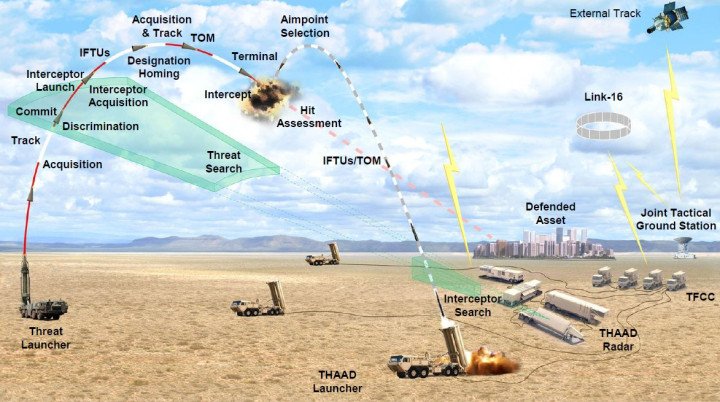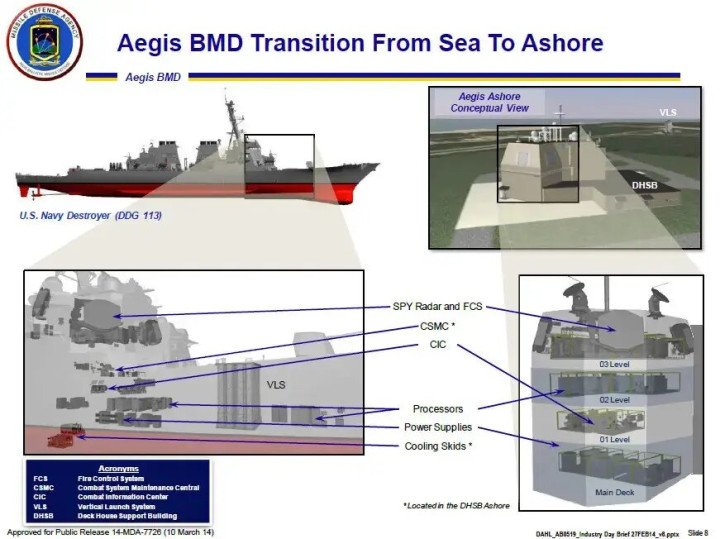- Category
- Latest news
What Are THAAD and Aegis, and How Could They Help Ukraine Defend Against Russian ICBMs?
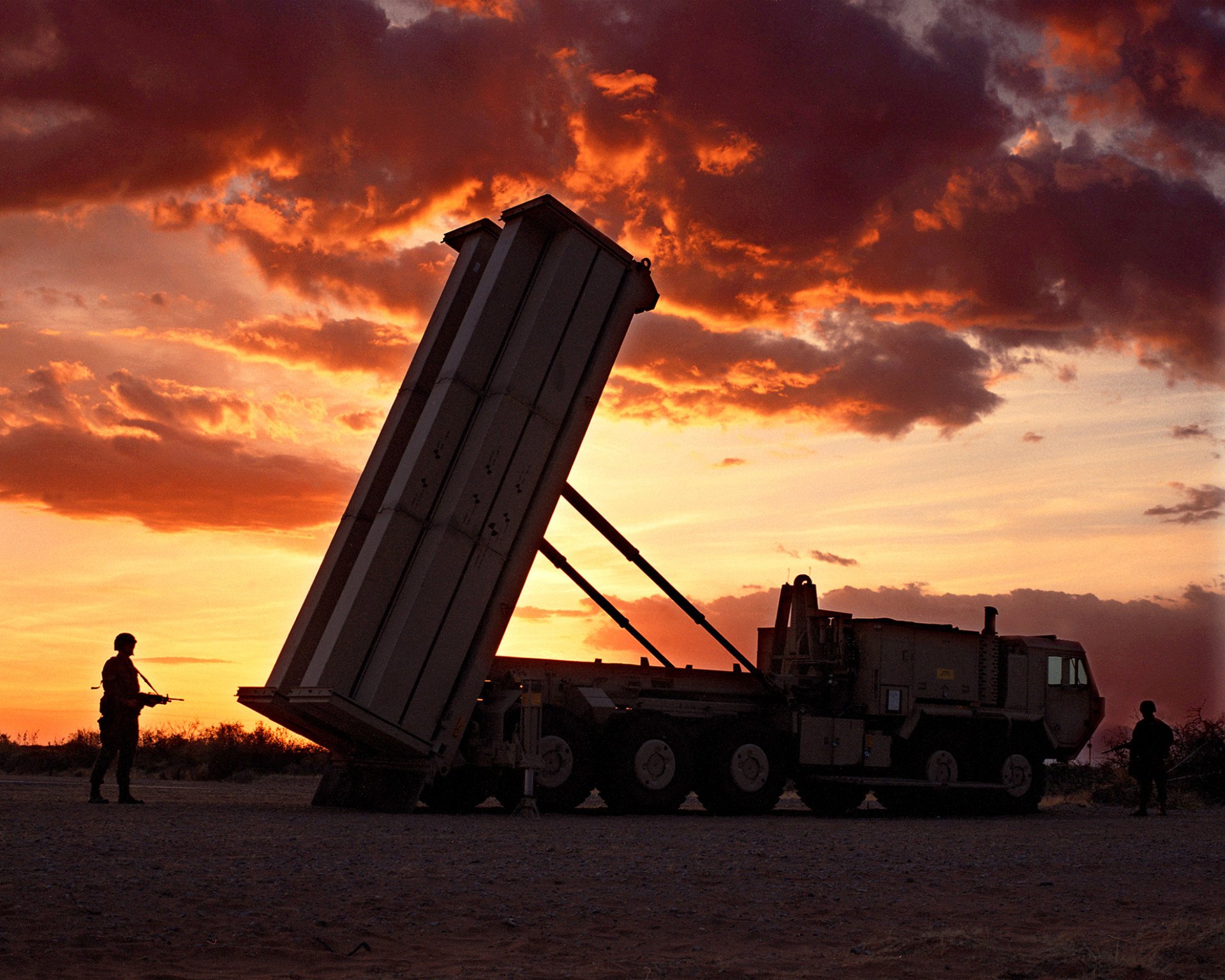
On November 21, 2024, Russia launched an intercontinental ballistic missile (ICBM) at Ukraine’s Dnipro, marking the first such attack since the start of the full-scale invasion. In response, Ukrainian President Volodymyr Zelenskyy confirmed that Ukraine is negotiating with its allies to secure air defense systems capable of intercepting these new threats.
In light of this, Zelenskyy announced that Ukraine is in discussions with the United States to acquire air defense systems capable of countering intercontinental ballistic missiles.
So, what options does Ukraine have to defend itself against Russian ICBMs, and how could US defense systems like THAAD and Aegis strengthen Ukraine’s ability to counter these advanced threats?
What is THAAD?
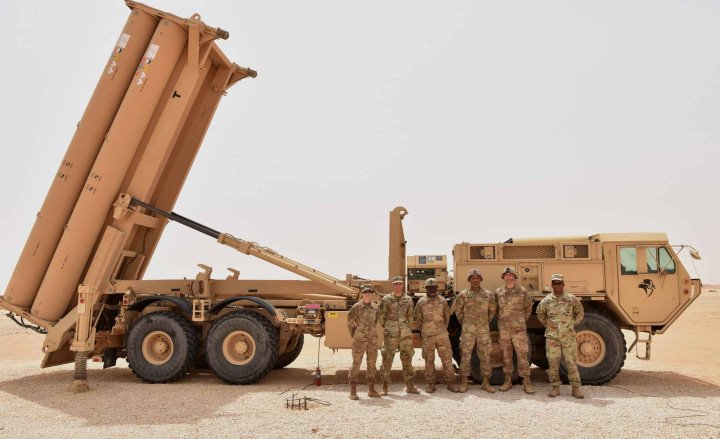
The THAAD (Terminal High Altitude Area Defense) missile defense system is one of the most advanced and expensive in the world, and its capabilities have made it a desirable asset for many countries, including Ukraine.
Developed by Lockheed Martin, THAAD is designed to intercept medium-range ballistic missiles at altitudes of up to 150-200 km, essentially in space, where missiles can be destroyed by direct collision.
THAAD is equipped with a powerful radar system, the AN/TPY-2, which can detect missiles from up to 2000 km away. Its ability to integrate with other missile defense systems, such as Patriot or Aegis, creates an effective complex for protecting large areas from both ballistic and even hypersonic missiles.
Key features of THAAD:
Range: up to 200 km
Intercept Altitude: 100-150 km
Missile Speed: 8.2 Mach
Cost: approximately $2.3 billion per system, excluding the radar
Missiles per Battery: up to 48 (6 launchers with 8 missiles each)
Radar: AN/TPY-2 with a range of 1000 to 2000 km
![The photo illustrates the working principle of the U.S. THAAD (Terminal High Altitude Area Defense) system. (Source: Defense Express) The photo illustrates the working principle of the U.S. THAAD (Terminal High Altitude Area Defense) system. (Source: Defense Express)]()
The photo illustrates the working principle of the U.S. THAAD (Terminal High Altitude Area Defense) system. (Source: Defense Express)
How could Ukraine acquire THAAD?
Although THAAD is a highly advanced system, there are several potential avenues for Ukraine to acquire it.
Direct Purchase or US Support: The United States could choose to directly sell or provide THAAD systems to Ukraine as part of military assistance packages.
Partnerships with NATO Allies: As Ukraine strengthens its ties with NATO, there could be opportunities for the system to be stationed in nearby NATO member states, such as Poland or Romania. While direct transfers may be difficult, a NATO-backed deployment could extend THAAD’s protective capabilities to Ukraine.
Foreign Military Sales Program: Through the US Foreign Military Sales (FMS) program, Ukraine could purchase THAAD systems, provided the necessary diplomatic and political conditions are met.
While THAAD remains an expensive and complex system to acquire, it represents an important tool for strengthening Ukraine’s national defense, particularly against long-range missile threats like ICBMs.
What is Aegis?

Aegis is a highly sophisticated, integrated combat management system developed by Lockheed Martin that is used primarily by the US Navy and allied forces to defend against a wide range of air, sea, and missile threats.
The system combines advanced radar, sensors, and weaponry, allowing for real-time monitoring, decision-making, and management of combat operations.
Aegis integrates these elements into one cohesive system capable of detecting and tracking multiple targets simultaneously. It uses a combination of sensors such as the SPY-1 radar and advanced computers to process massive amounts of data, enabling quick responses to threats.
The system was originally designed to provide anti-aircraft and anti-missile defense for naval ships, protecting them from various threats, including ballistic missiles, cruise missiles, aircraft, and drones. Over time, Aegis has been adapted for use on land-based platforms as well, enhancing its ability to provide defense for both military and civilian infrastructures.
One of the defining characteristics of Aegis is its ability to launch, track, and engage multiple targets almost simultaneously, making it one of the most reliable defense systems in the world. Aegis is used in various forms across NATO forces and allied countries, with constant upgrades to improve its performance and expand its defensive capabilities.
Key features of Aegis
Advanced Radar: The Aegis system features powerful radar systems, such as the SPY-1, which can detect and track multiple targets in real time over vast distances.
Integrated Combat System: Aegis integrates weapons and sensors to provide an advanced operational picture, enabling rapid decision-making and response.
Multi-layered Defense: Aegis offers a multi-layered defense capability, including ballistic missile defense, air defense, and naval defense systems.
NATO Interoperability: Aegis systems are designed for compatibility with NATO assets, allowing coordinated operations among allied forces.
![Schematic illustrating the use of Arleigh Burke destroyer design elements in the Aegis Ashore assembly. (Source: Missile Defense Agency) Schematic illustrating the use of Arleigh Burke destroyer design elements in the Aegis Ashore assembly. (Source: Missile Defense Agency)]()
Schematic illustrating the use of Arleigh Burke destroyer design elements in the Aegis Ashore assembly. (Source: Missile Defense Agency)
How can Ukraine acquire Aegis?
The integration of the Aegis system would require cooperation with the United States and NATO partners, as it is currently available only to allied countries. The US has been providing military aid and advanced defense systems to Ukraine, and Aegis could be an extension of that support.
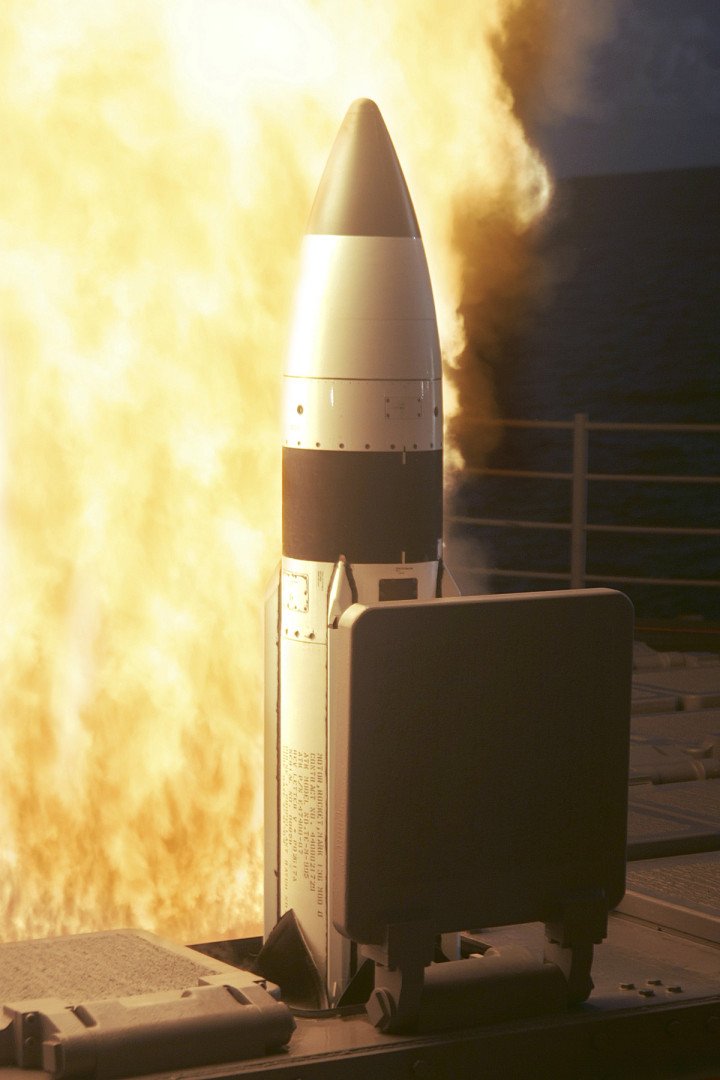
Ukraine’s Air Force and Navy might receive components of the Aegis system, such as its radar systems or missile defense capabilities, for integration into their existing defense infrastructure. However, full deployment of the Aegis system, which is traditionally ship-based, could require significant adaptations to land-based platforms or Ukrainian naval assets.
Integration of Aegis into Ukraine’s defense infrastructure would require extensive training for Ukrainian personnel to operate the complex system effectively. It would also involve necessary updates to existing defense systems and the construction of infrastructure to support Aegis’ capabilities.
Aegis in Poland
Poland has become a key player in the NATO defense structure by hosting an Aegis-based missile defense system as part of the NATO Ballistic Missile Defense (BMD) program. The system is deployed at the Redzikowo base, located in northern Poland. The Aegis Ashore facility in Poland is equipped with the Aegis Combat System, which provides early detection and interception of ballistic missiles.
Poland’s Aegis system is capable of tracking and intercepting short and intermediate-range missiles, and its location in the heart of Europe strengthens NATO's missile defense network, enhancing the security of Poland and neighboring countries.

How Aegis in Poland can help Ukraine
If the system were extended to Ukraine, it could significantly bolster Ukraine’s air defense and missile interception capabilities, especially in the face of ongoing Russian missile and drone attacks. Additionally, Aegis could help detect and intercept Russian intercontinental ballistic missiles (ICBMs) if the US and NATO allies decide to extend the system’s capabilities to Ukraine. This would provide an early warning and interception capacity against high-level strategic missile threats.
Moreover, Poland’s proximity to Ukraine allows for potential cooperation in sharing early warning data, radar capabilities, and intelligence, which could improve Ukraine’s response time to incoming threats.
Patriot system and interception of ICBMs
The introduction of the Russian Kedr missile has heightened concerns about long-range missile threats. While it is not classified as an intercontinental ballistic missile (ICBM), the Kedr can carry nuclear payloads. Its ability to split into multiple warheads during flight adds complexity to interception efforts, posing a significant challenge for existing defense systems.
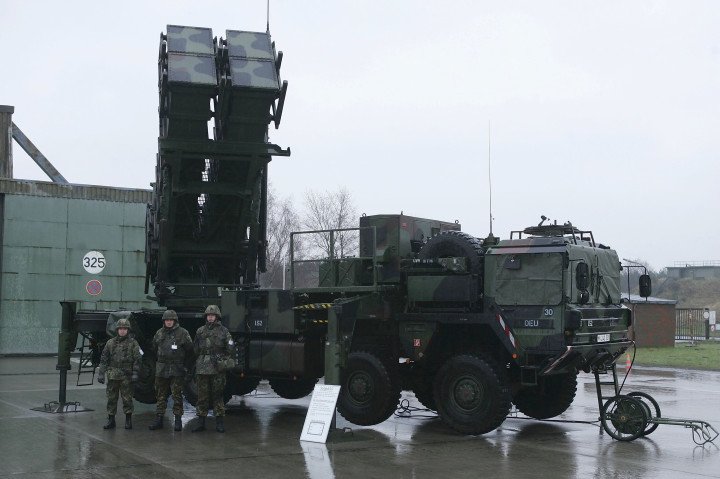
The Patriot missile defense system, which Ukraine currently operates, has been central to the country’s air defense strategy. However, it was not originally designed to intercept such advanced threats as the Kedr, which divides into six separate warheads. This presents a unique challenge because, rather than targeting the entire missile, the defense would need to neutralize individual parts of the weapon in flight.
Currently, Ukrainian military officials are exploring ways to adapt existing air defense systems to better handle these types of threats. One potential approach discussed involves upgrading the Patriot systems to target and destroy the missile’s components before they can reach their targets.
As Ukraine faces increasingly sophisticated missile threats, particularly with the emergence of Russia’s Kedr missile, the need for advanced defense systems has never been more pressing.
The potential acquisition of cutting-edge missile defense systems like THAAD and Aegis could significantly enhance Ukraine’s ability to safeguard its airspace and protect critical infrastructure from long-range and intercontinental missile threats.
These systems, alongside Ukraine’s ongoing efforts to upgrade its existing defenses, such as the Patriot missile system, represent a formidable response to the evolving nature of modern warfare.

